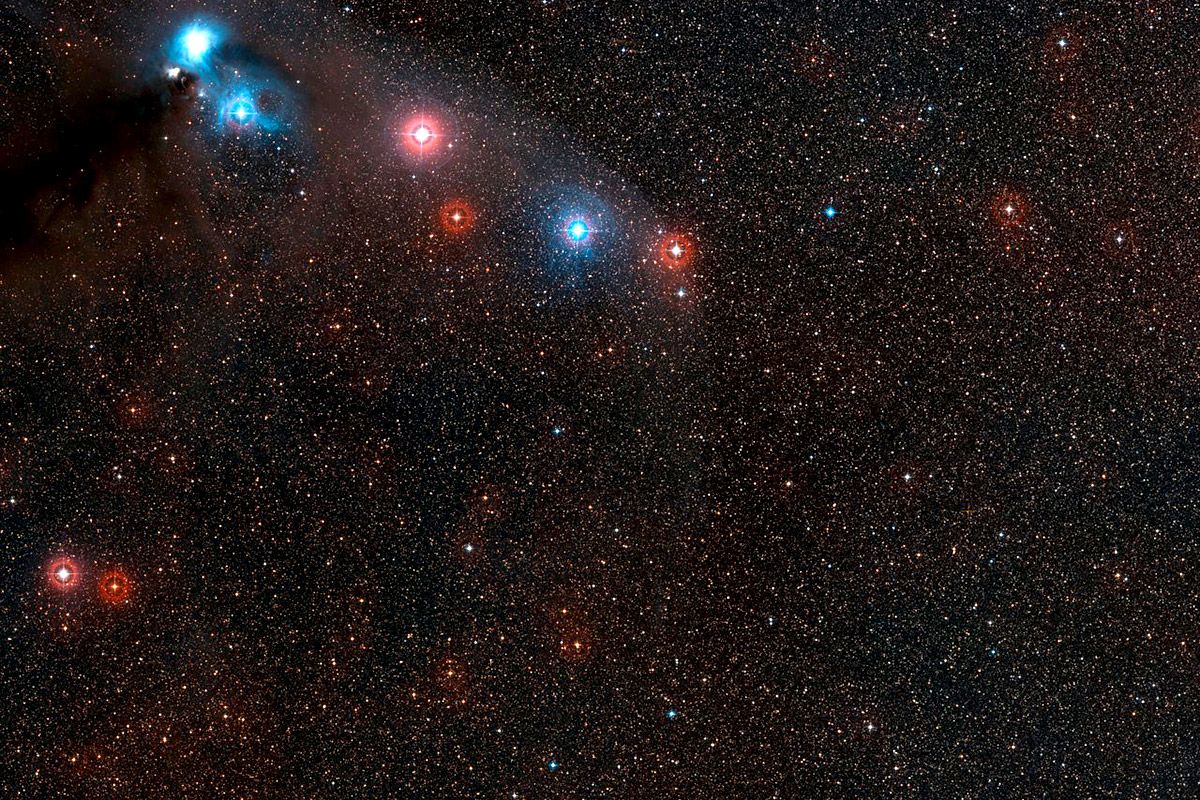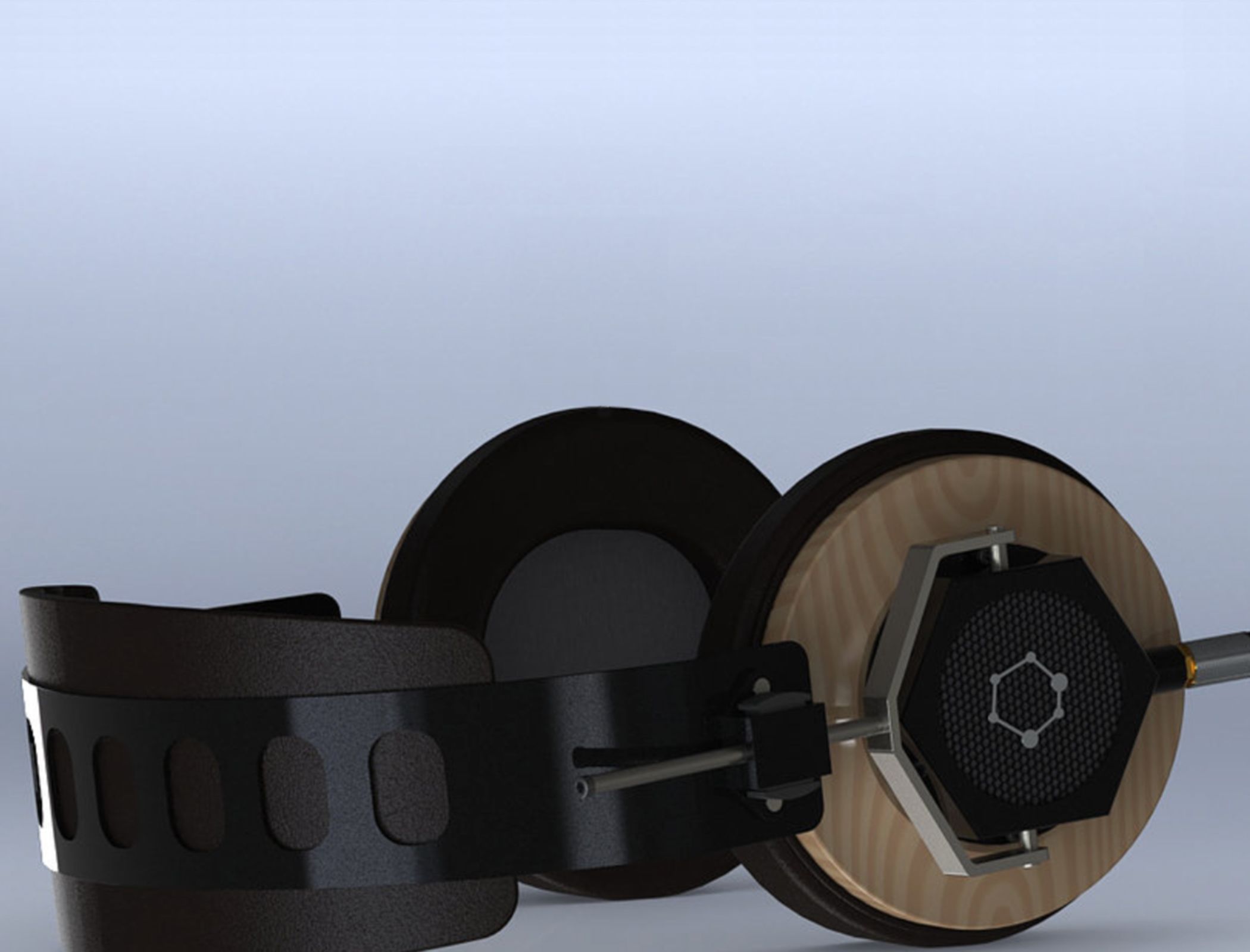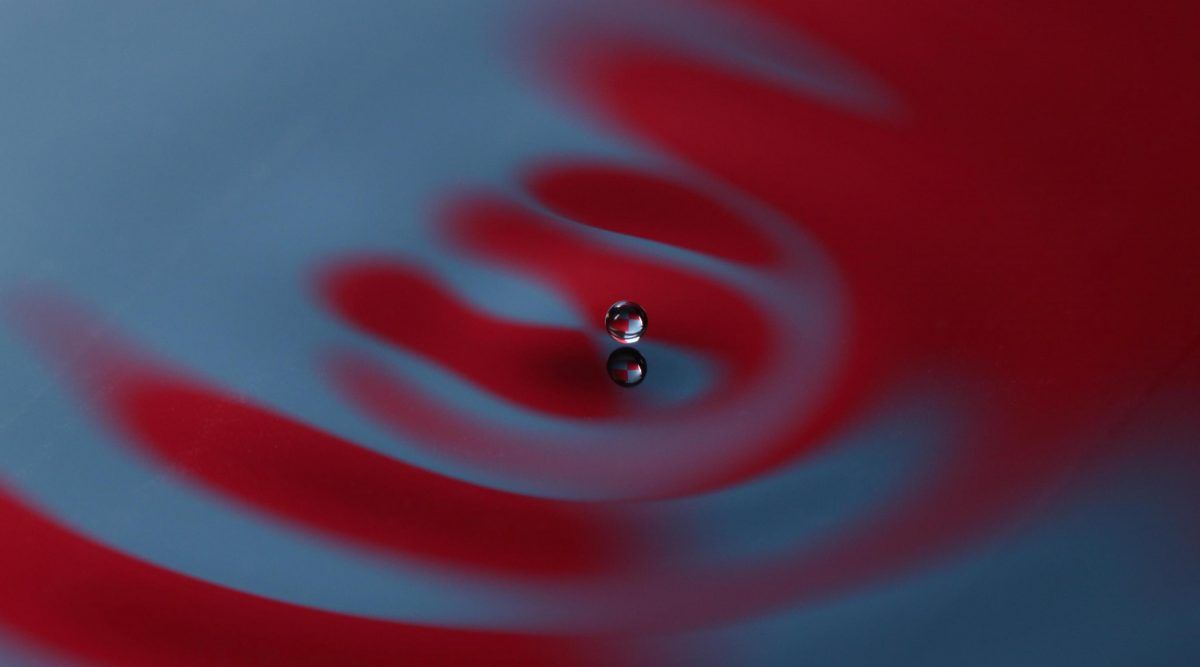Nov 30, 2016
We Just Got the First Real Evidence of a Strange Quantum Distortion in Empty Space
Posted by Shane Hinshaw in categories: quantum physics, space
For the first time, astronomers have observed a strange quantum phenomenon in action, where a neutron star is surrounded by a magnetic field so intense, it’s given rise to a region in empty space where matter spontaneously pops in and out of existence.
Called vacuum birefringence, this bizarre phenomenon was first predicted back in the 1930s, but had only ever been observed on the atomic scale. Now scientists have finally seen it occur in nature, and it goes against everything that Newton and Einstein had mapped out.
“This is a macroscopic manifestation of quantum field,” Jeremy Heyl from the University of British Columbia in Canada, who was not involved in the research, told Science. “It’s manifest on the scale of a neutron star.”


















